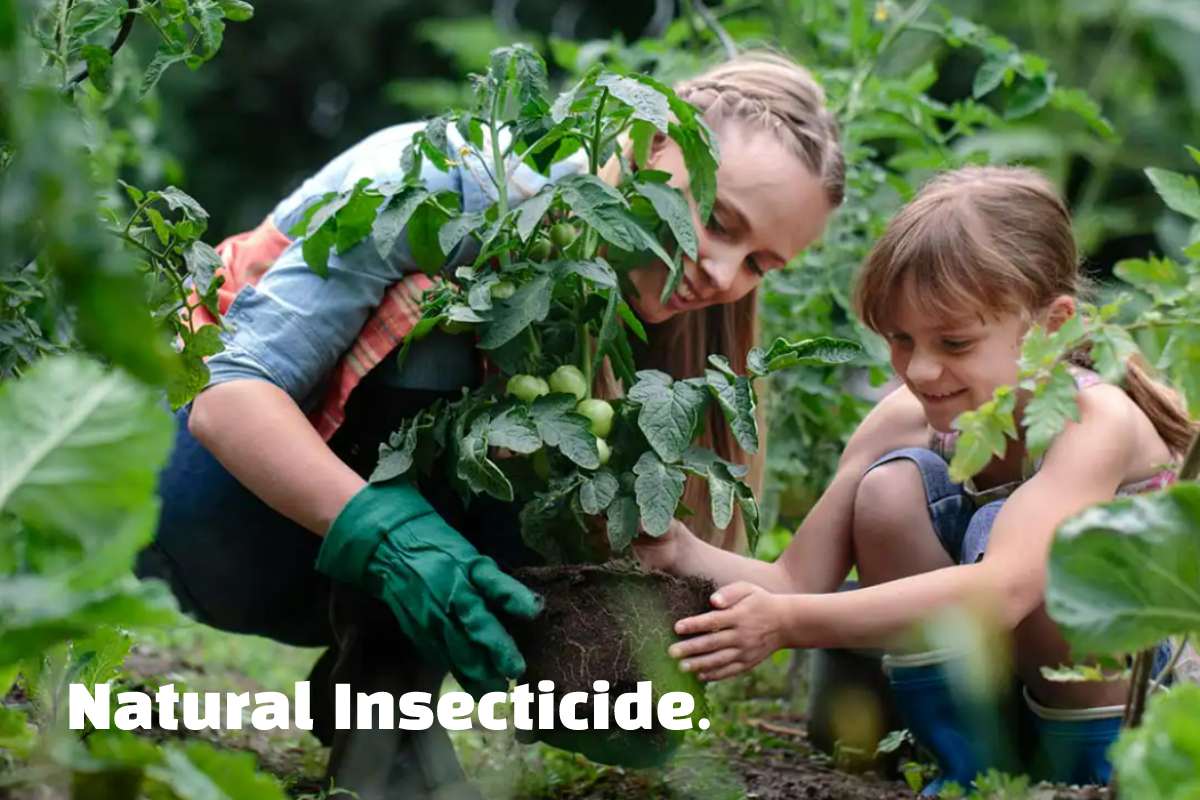Pest control and natural insecticide are essential steps to getting a beautiful and succulent organic garden! Check out the best low-cost natural insecticide tips that Portal eCycle has separated for you. Those who have not yet had their garden attacked by pests and other natural enemies of plants can also learn prevention methods. But remember: the helpful tip against agricultural problems is the biodiversity of your garden. Pests “do not exist”; they result from an unstable environment dominated by monocultures.
Table of Contents
Pest Control Methods
Leaves Protect
Many vegetables, such as cabbage, cauliflower, and broccoli, have large leaves (on the outermost part) that are often not consumed. Therefore, you can use the outer leaves of this type of vegetable (without removing them from the stem) to cover and cover the cabbage, broccoli head, cauliflower, or any other kind of vegetable. That way, you will avoid direct contact of your food with insects, and if they come, they will feed on the new outer leaves, not the part you want to be protected.
Hands In The Garden
Suppose your garden is insignificant and will already infest with tiny insects such as aphids. In that case, you can go from leaf to leaf, removing these unwanted animals with your own hands using a damp cloth, making sure not to keep these insects alive. Some say that in addition to being a form of pest control, this method works as a therapy.
The More Mixed, The Better.
To effectively control pests, there is nothing better than forgetting that planting patterns with vegetables are all the same and symmetrically separated. Plants also act as a physical barrier to insects. If you want to protect your kale plant from the green aphid, for example, how about placing it next to a peace lily foliage or another type of plant that aphids don’t like
The more mixed and interleaved the position of your pots, the more security for your crops. If you want to intersperse the plantings in the same land space, make sure you place root plants with different shapes (so that one doesn’t suffocate) or without toxic effects on the other. To learn more about this, search for how allelopathy works
Weeds Or Not-So Weeds?
It is essential to know how the interaction between the different types of plants occurs. Some plants, if grown in the same place, will emit toxic substances and suck water and nutrients from your crop, damaging your defenses against insects. However, other plants can even function as growth aids helping to fix nitrogen in the soil or acting as physical protection (as discussed in the previous topic). So before you take everything that spontaneously grew without you wanting to, check if it’s not something beneficial for your plant. Taking this idea into account will certainly help you to control pests in your garden.
Humidity Control
It’s not just insects that can become pests for your plants; fungi also have this potential. That’s why it’s essential to check that the crop is not too wet. If you find unexpected spots on leaves, trunks, or stems, make sure you’re not overwatering or if the plant is in too much shade. But be careful; too much sun can also kill your plant. To avoid this kind of thing, search on the internet, in books, or talk to people with more experience.
Physical Barrier
The shading screen or the “sobriety” is an alternative to pest control. If you don’t have other plants to act as a physical barrier or shading, you can use objects to perform this function. They will make of lightweight, porous polypropylene or polyester material. They can support wire rings stuck in the ground to obtain a firm protective cover, or they are left loose on top of the plants.
Attract Ladybugs
Ladybugs are faithful friends of farmers; they care for plants by eating aphids, whiteflies, and other harmful insects. But they also need pollen and protection. To attract them, grow plants that have bell-shaped (bell-shaped) flowers, such as tulips and lilies. This type of vegetable works as a storehouse of moisture and freshness for ladybugs, which build houses in these environments during the summer.

